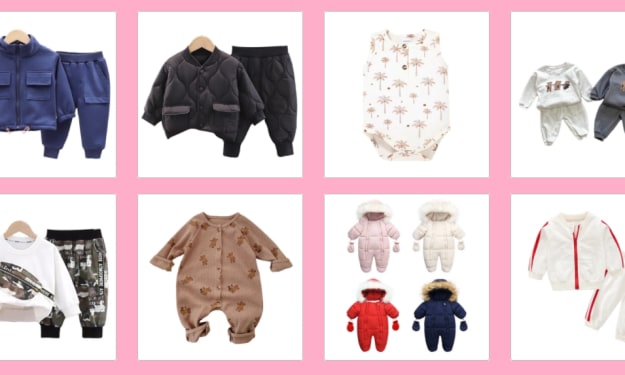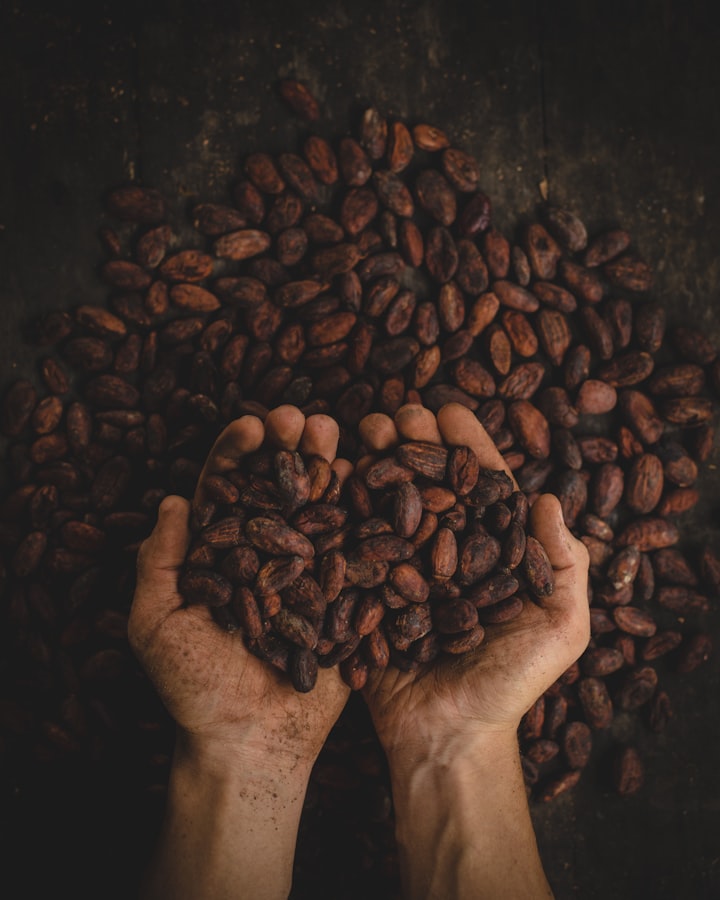Uses Of Therapeutic Grade Essential Oils
Uses Of Therapeutic Grade Essential Oils

Introduction:
When you use essential oils for aromatherapy, they should be therapeutic grade. But what does that mean? To have actual aromatherapy benefits, it is believable that essential oils should be therapeutic-grade, which means they should not be cheap.
Essential Oil:
Organic farming is an essential step in the world's agricultural progress and how people think about food. But that's only one part of the problem. They used Many different "labels” to make and sell essential oils: some aren't. Some companies act more responsibly than others between these two paradigms, but they all work in this area.
Essential oils and their legal applications are different in the U.S. and Europe. Essential oils, made by pressing or distilling plants, are concentrated plant extracts that keep their original smell and taste. For example, to make a pound of lavender oil, about 220 pounds of lavender flowers need to be grown. Each essential oil has a different mix of chemicals, which can change how it smells, how it's absorbed, and how it affects the body. When it comes to the chemicals in essential oil, it could be different from one plant to another. People don't think synthetic oils are authentic essential oils.
Essential oils are extremely focused liquids removed from plant material- bark, berries, blossoms, leaves, origins, seeds, or twigs- produced in several different ways.
The most common is steam purification, in which pressurized vapour is travelled through plant material, triggering oils to vaporize out. The resulting blend of oil and vapour is condensed into a liquid, and the oil is skimmed off.
Plants that are also vulnerable to heavy steam distillation, such as jasmine, orange blossom, and climbed, can have their oils extracted using solvents. Oils created by this process are called absolutes and are generally used in perfumes or diffusers since the solvent residue makes most of them unsuitable for topical use.
For example, therapeutic grade essential oils online store in USA sells only therapeutic-grade materials like herbs and plants. Most ingestible oils have been properly re-distilled to meet therapeutic and regulatory standards, so they are safe to eat and drink.
Mix Oil:
Another thing that gets old is when companies mix essential oils with cheaper oils or vegetable oils and still call them "pure and natural," which many of them do. Taking an essential oil and diluting it by 90% with vegetable oil isn't illegal because it is also a natural oil.
When you look at the label after distillation pressure, you'll often see "premium," "perfumery grade," or "high altitude." These are all words you don't need to know. They are just fancy words that don't mean anything. What makes an essential oil therapy is that it isn't split into rounds to call the top notes more therapeutic. It is why whole oils are more refreshing. When people say that certain oils have medicinal properties even though some of their molecules are bigger, they're not telling the truth. Because of the size of the molecules, some aromatherapy applications through inhalation may not work as well with larger molecules.
Different types of oil:
There are many different types of oil, but the molecules found first is the most minor and most volatile after completing distillations repeatedly to get the right amount of scent for certain things, like perfume, like with ylang-ylang (Cananga odorata). 'Ylang-ylang' means 'Flower of Flowers' and has a lovely smell. The oils move from the most floral and high-pitched to the most masculine and bourbon-like. You can buy Pure Therapeutic Grade Essential Oils from any organic shop.
Conclusion:
In addition to distillation and segmentation is the fact that it is "natural."The term organic should mean that there are no synthetic chemical pesticides or fertilizers used at any point in the process.





Comments
There are no comments for this story
Be the first to respond and start the conversation.